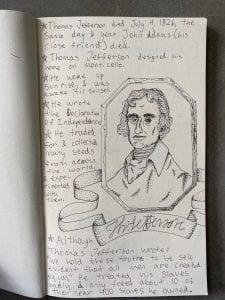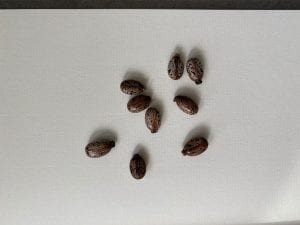11/10 Plants
In class we have been learning about plants. Plants have co-evolved with organisms. Some plants attract pollinators with smells and colored petals. Others have nectar. Some plants don’t need pollinators: they produce a lot of pollen and hope the wind will take it to another plant of its kind. Once the pollen has landed on the stigma, it travels down the style and to the ovary. It then fertilizes the egg, and a seed begins to be created. But some plants like ferns have spores instead of seeds, they need water to spread them though.

Plants use photosynthesis to make glucose. When we eat a plant we break down the molecules of the glucose and make ATPs. we then use ATPs to power our bodies. In phototropism a plant will grow towards the sun to catch more rays. Scientists have discovered a fungi that grows on the ends of tree roots. The fungi then grows a bunch of tiny root-like arms that connect with other fungi of the same kind. The tree can then communicate with other trees and even help them to grow by sending over glucose.
How long does it take for moss to get to a mature stage?
What if plants bend away from the sun?
How many different species of that root fungi are there?






